By: Latosha Glass, Sarah Wallace, and Sue Williamson
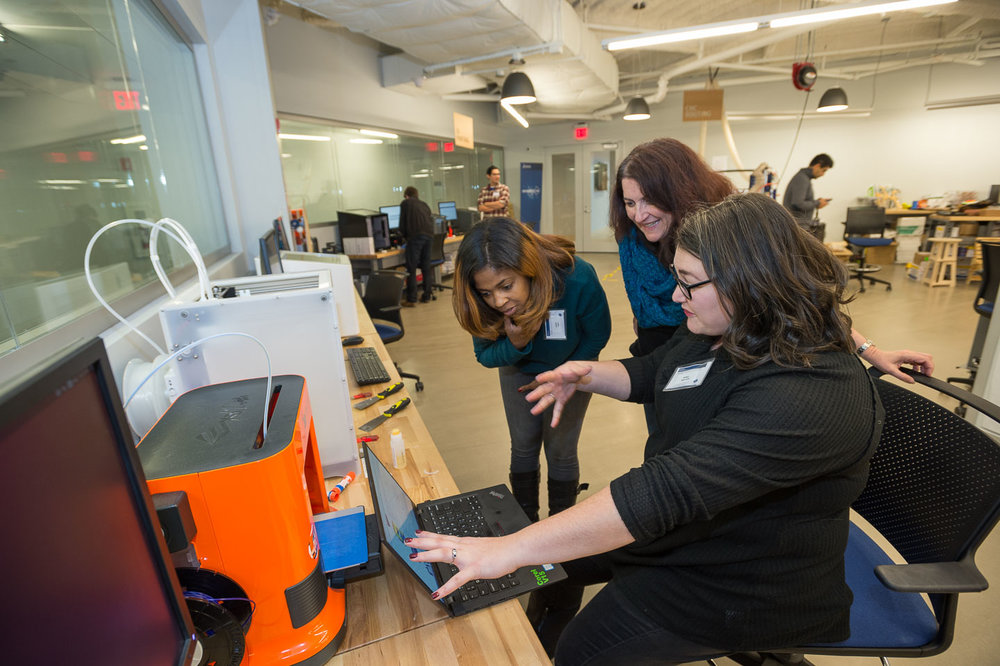
In December of 2017 the SCOPES-DF team met in Boston, MA and gave its teacher-members a long awaited opportunity to meet, learn and make. Teachers from MC2 STEM High School in Cleveland, Ohio and STEM School Chattanooga in Tennessee spent three days getting to know each other, learning about best practices and challenging each other to push our thinking around what FAB looks like in our schools and how we can help grow the SCOPES-DF community.
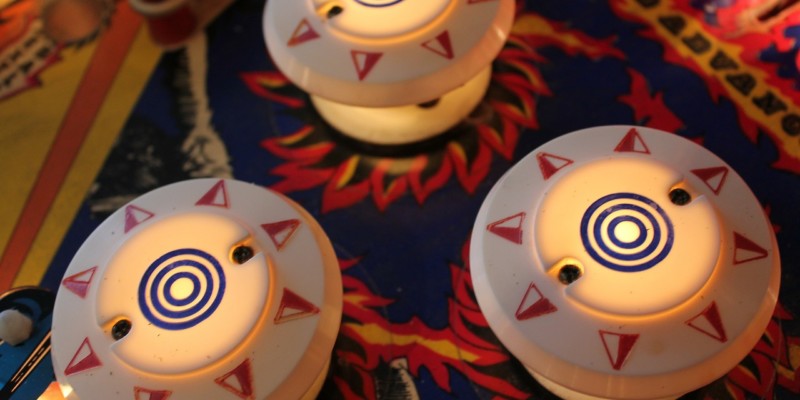
Teachers, administrators and SCOPES-DF team members worked in small teams to analyze a lesson and think about how it could be ‘remixed’. Our team consisted of LaTosha Glass, Assistant Principal at MC2 High School, Sue Williamson, Math Teacher at STEM CHATT and Sarah Prendergast Wallace, Mobile Fab Lab Coordinator at MC2. This group was an excellent mix of pedagogical styles and comfort level with all things Fab.
Our group examined the Pinball Machine lesson, which can be seen in its original format here. Our group was excited by the possibility of seeing what students were capable of making with this classic toy and were left thinking about timing, appropriate tool usage, how to incorporate multidisciplinary teaching and differentiation.
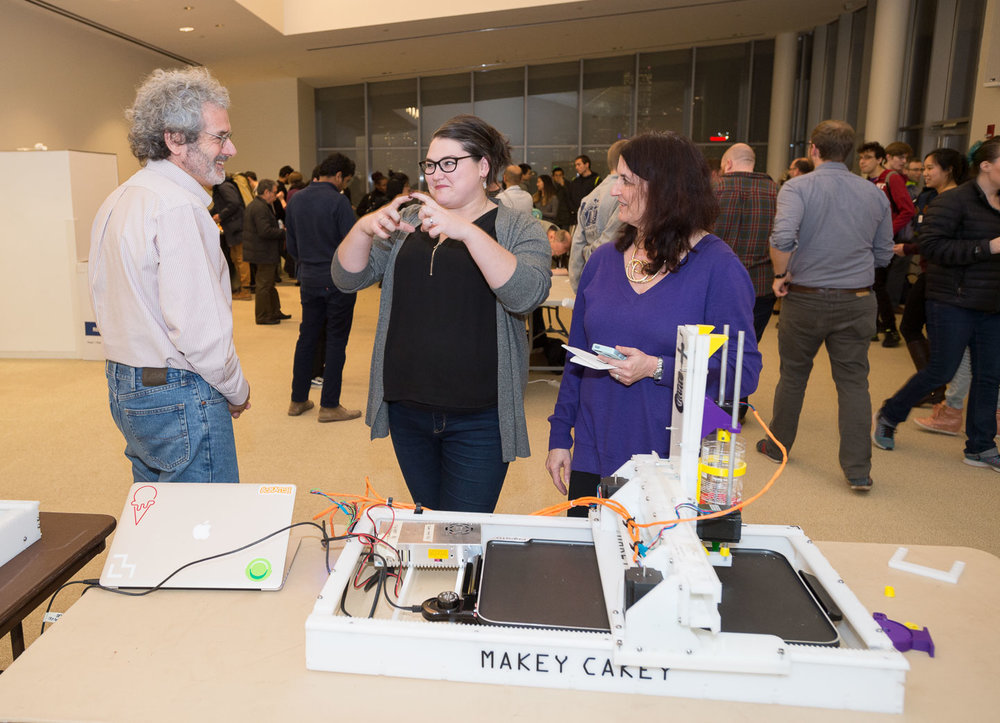
Photos © Stan Rowin stanstudio.com
Let’s begin by thinking a little about differentiation. By definition, differentiation is the act of changing or altering something. In teacher terms we know this to mean changing a lesson or part of a lesson to better fit the needs of specific groups of students. In a Math class this might mean making 3 different versions of the same worksheet to fit lower, middle and higher ability students, or in English, assigning different books over the same content for different levels of readers. When thinking about FAB projects we got to thinking about two important levels of differentiation. The first is more of the traditional sense- how can these lessons be differentiated for students with different ability levels, both with FAB skills and content-specific skills. Of course, a math teacher can think about how to differentiate the math skills or the social studies teacher for the social studies skills, but what about FAB? How can we differentiate a lesson to help students who may be struggling with the ability to use the design process, thinking creatively or use a machine properly? This is a challenge. Our group spoke about the importance of scaffolding. Differentiation in the traditional sense might not be feasible with an engineering project, but scaffolding certainly is within the project and within the course.
This leads us to the second type of differentiation when it comes to FAB projects- differentiation for the teacher. As teachers, we spend hours of our time making sure each lesson is crafted to fit the needs of each of our students, but the first step in that is making sure we find a lesson that fits our needs! Finding a lesson that not only fits our individual style of teaching, but also meets the mission of the school, is accessible for our students, and is at the proper technology level, can be like searching for a needle in a haystack. This is why so many teachers spend all of their time reinventing the wheel by creating lessons from scratch. With this in mind our group thought about how we can differentiate the SCOPES-DF lessons for teachers who are expert FABBERS or are just beginning the journey with digi-fab in the classroom. We struggled with how to make a lesson that clearly uses the laser machine on an ‘intro’ lesson for teachers who are not comfortable with that technology, instead we looked through the Educator Experience levels and found lessons that would be more appropriate for less experienced teachers.
When thinking about a FAB lesson, or any lesson for that matter, timing is crucial. We have all taught lessons that looked great on paper and yet our students breezed through the content and we are left with twenty minutes at the end of class having an impromptu discussion or throwing together some sort of challenge problem. Or worse, when we have alotted four class periods for a unit or project and after day two we know that the students will never be done on time and we will have to re-evaluate our course planning document.

The timing for the initial lesson was set for 2 hours. Going through the lesson initially our group struggled with that short of a timeline. We felt that maybe a week (5 class hours) or even more would be a more appropriate time schedule. This brought us back to how we can differentiate in a FAB classroom and the idea of scaffolding. While we do not think any teacher can walk into any classroom and have students complete this lesson from start to finish in two hours, we are sure that with proper scaffolding over the course of a quarter or a semester that eventually students would be able to complete this work in two class periods. Many elementary school teachers often talk about the importance of ‘training’ their students with classroom procedures and common methods for problem solving or writing. We think that this sort of strict training is necessary in FAB classrooms. Students need to learn how to use the design process, think creatively and most importantly, learn the proper and safe way to operate the machines.
The short timing of the original lesson also did not leave room for iteration on their designs. The design process is such a large part of engineering, it would be interesting for students to test their flippers and launchers, redesign and fabricate to improve performance. The ability to test multiple iterations of a design reinforces the engineer design process and would give students the chance to refine their product.

Our group also spent significant time discussing appropriate tool usage in the Fab Lab. Each digital fabrication machine can be used for different types of projects and it’s important for FAB instructors to use the appropriate tool for each project. With this in mind, along with the two hour time window, we thought that having students design the main parts of their pinball machine with a CAD software and laser cut out the pieces was not the best use of time. Instead, we thought students could plan out and cut out their cardboard pieces using a box cutter and then incorporate digital fabrication by 3D designing obstacles for their pinball machine to be printed out or to create side decorations for their game that could be created using the vinyl cutter.
We talked a lot about how to incorporate more content into this lesson. Focusing on a multidisciplinary approach we thought that a teacher, no matter their licensure, could touch on multiple subjects and topics including the history of pinball, the design and artistry of the machines, and the math and physics of an inclined plane. The inclined plane of the pinball machine is the playing field. The lesson currently focuses on the varying speed of the ball as it descends to the bottom of the field. An additional opportunity could include integrating Algebra with a discussion of slope as it relates to the plane. Students could calculate varying slopes, test them and determine what they consider to be the best slope to ensure optimal game play. Pinball is frustrating and less fun if it’s difficult to keep the ball in the field. A possible extension would be to have students design and fabricate the deflectors that help keep the ball from going out of game play. Deflectors, which are positioned to the left and right of the flippers act to redirect balls from taking a straight path from the top of the playing field to the ball catchers. Deflectors are typically right triangles which could provide an opportunity to incorporate a discussion of the Pythagorean Theorem.
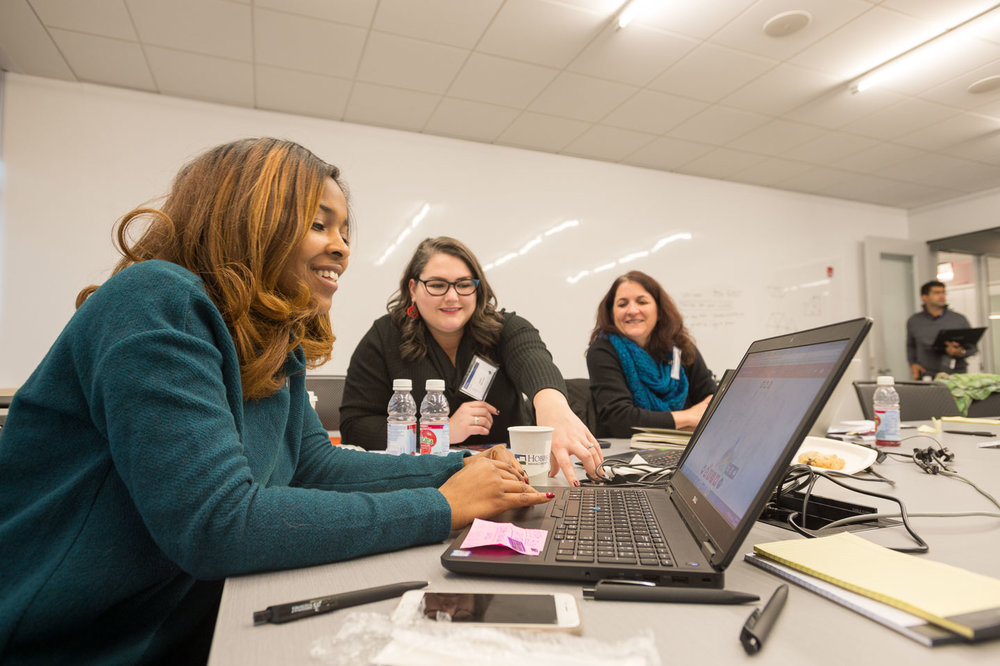
Finally, we spoke about extensions for the lesson. The MC2 teachers were thinking more in terms of a quarter long, ten week project, and thus thought about different ways to incorporate other FAB machines, disciplines and content. Lights and sounds are integral to a pinball machine to make the game more entertaining not only for the players, but those who are watching. To support the study of electrical circuits, it would be interesting for students to create a circuit for their game. This could be accomplished using an Arduino or other available materials. We also thought that while a cardboard prototype could be created using a box cutter and hot glue, students could then iterate on their designs and create a small wooden version using the laser and possibly a larger scale of their designs using the shopbot.
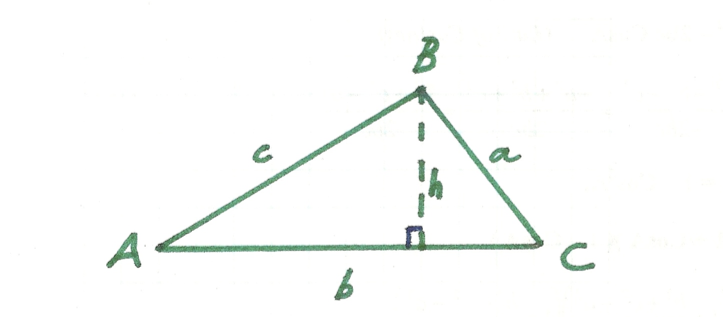
Overall, we love the idea of having students connect engineering, art, math, and physics to create their own pinball machine and would love to see what students could come up with! We feel that this could lead to a wonderful Pinball Competition amongst high school students around the country! The opportunity for students to present their designs to real pinball machine designers would add a value experience to the project as well as give students the opportunity to present and feel proud of their work.
Our Pinball Remix may have turned a one day challenge into a multi-week experience for students, but our team thought of this as an opportunity and not a challenge. How much stronger are our lessons when they persist? How much more do we learn when we dig deeper? Ultimately, we are not just adding digital fabrication to lessons, but rather, we are creating opportunities to take our students on deep and purposeful journeys!
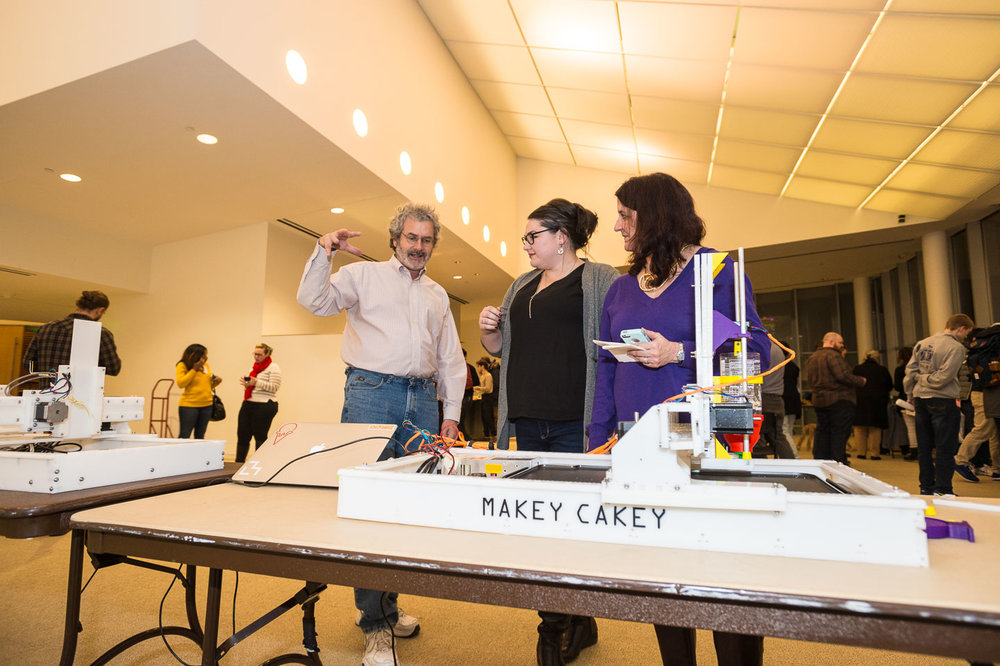
Photos © Stan Rowin stanstudio.com
